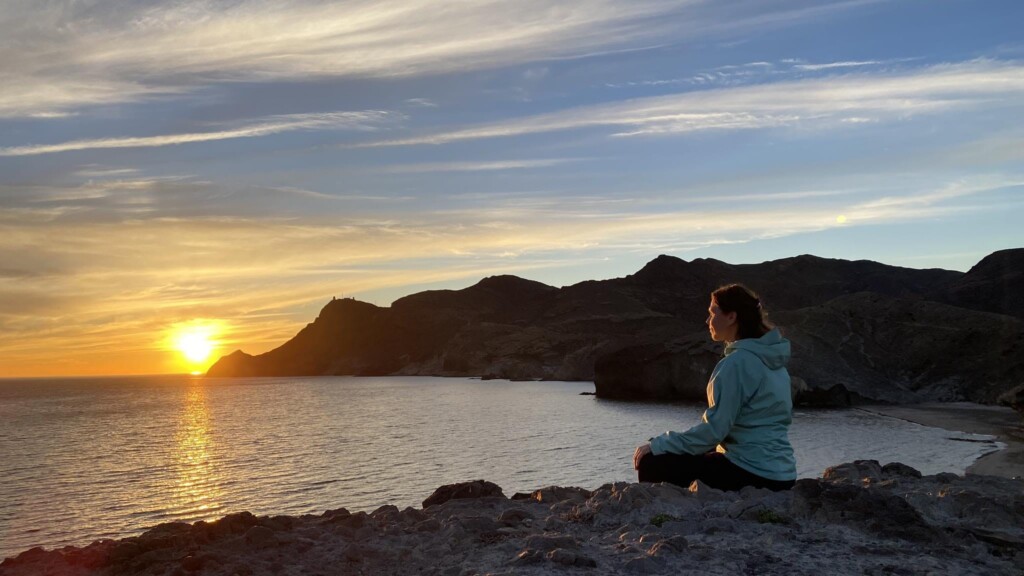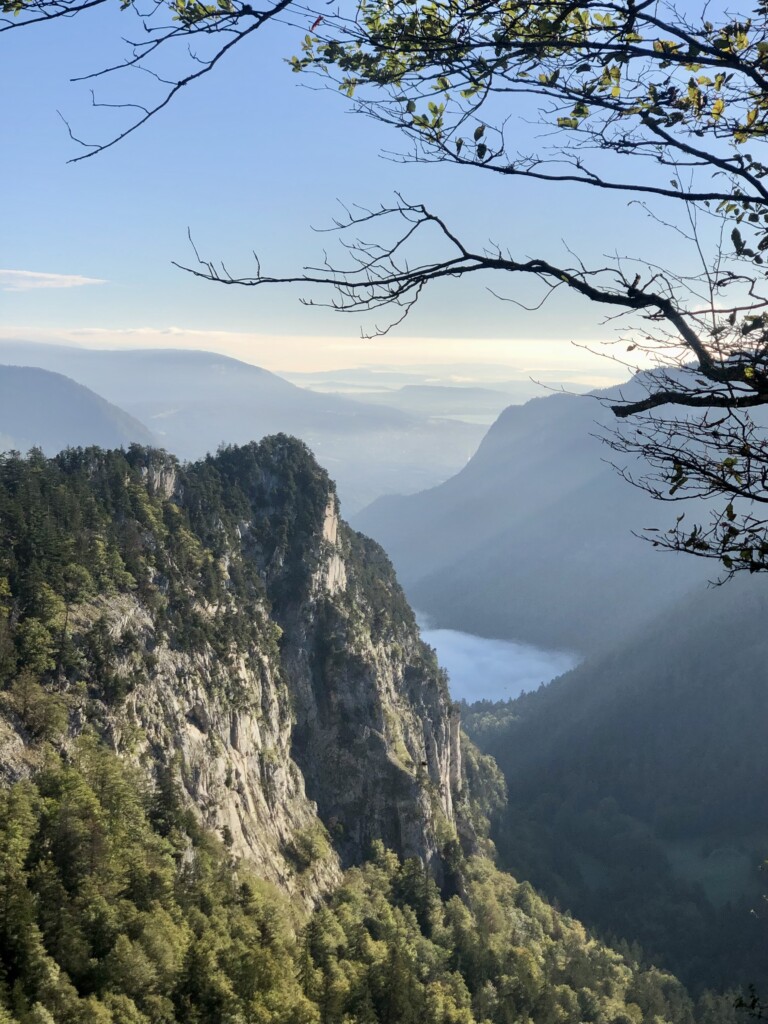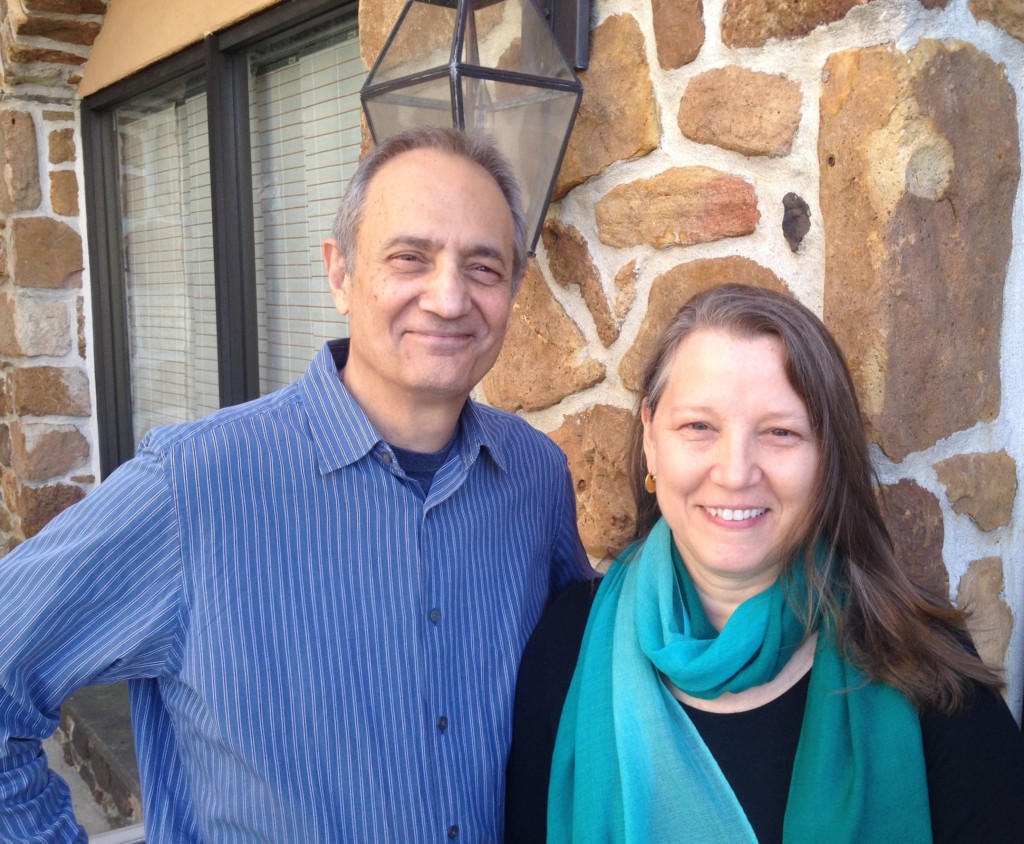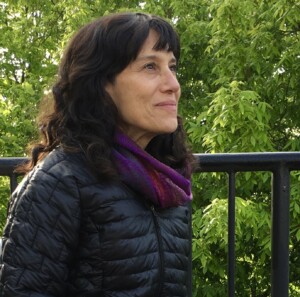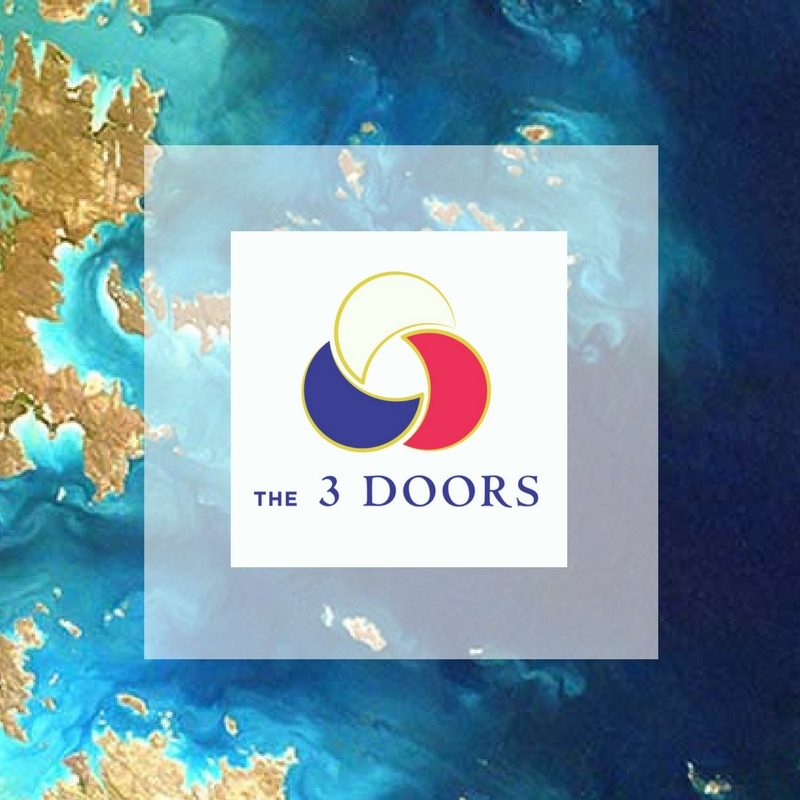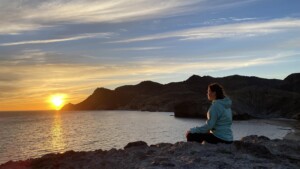 Highlights of Tenzin Wangyal Rinpoche’s retreat this past September – his first for the 3 Doors community – with practice instructions. Plus, save the date for December 2023 retreat with Rinpoche.
Highlights of Tenzin Wangyal Rinpoche’s retreat this past September – his first for the 3 Doors community – with practice instructions. Plus, save the date for December 2023 retreat with Rinpoche.
Written by Joan Duncan Oliver, author of Buddhism: An Introduction to the Buddha’s Life, Teachings, and Practices and a graduate of The 3 Doors Academy and the Compassion Project
Few would dispute that we’re living in difficult times, marked by war, instability, and the coronavirus. The most beneficial response to fear and uncertainty, Tenzin Wangyal Rinpoche has suggested, is “opening your heart to the world.” That was the theme of the 3 Doors retreat he led over the weekend of September 10 and 11 last Fall. The retreat was not a 9/11 memorial per se. But the anniversary provided an opportunity to consider the challenges we face today and discover how opening our hearts to one another can bring us the stability and sense of connection we need.
“Start with this very moment you are living right now,” Rinpoche urged retreat participants. “Today, this week, this month, how is your journey opening your heart to the world? How often do you reflect on, meditate on, and contemplate opening your heart to the world? How often, when it is difficult and you face challenges opening your heart, do you feel it is impossible? Or do you feel it is possible, and tell yourself that even though it is difficult, it is important to do? Let’s give this precious gift to ourselves of more deeply, genuinely, openly, bravely and honestly contemplating this,” he said.
Opening our heart to the world is a process of self-inquiry that may be difficult, Rinpoche acknowledged. Confronting our resistance is likely to bring up some discomfort. To support us in opening to whatever arises, he suggested a simple but profound practice to relax body, breath, and mind.
Inhale, taking slow, deep breaths into the heart for four seconds. Hold the breath for 4 to 6 seconds, then exhale slowly for 4 seconds. Rest for 4 seconds, then inhale and repeat the cycle. Do this for 10 to 15 minutes to feel calm, grounded, and safe.
With your body relaxed, pick a real person or situation in your life. Pick the hardest one you have given up on opening your heart to. Think of that person or situation. First, feel the effort, the discomfort, the challenge, the pain you experience when you contemplate the person or situation. Bring full awareness to the emotion, the anxiety, the movement of energy in your body that arises. Breathe out that energy and pain through your heart, your belly, your gut. With each exhalation feel your lungs and belly emptying, releasing. Repeat this deep, slow breathing with awareness, as you feel the pain and discomfort emptying out.
With each exhalation, you are resting deeper and deeper in the spaciousness of your heart. From that openness, regard the person or situation you have difficulty opening your heart to. See the challenges the person faces, feel their suffering. So often we are so caught up in our own pain that it shuts down our heart. When we are unable to see the other’s pain, we think they are creating our pain, and we get angry, shutting down even more. Be open to understanding the challenges and pain of others. From your open heart, take time to cultivate deep empathy for that person or situation in your life.
Do this for 15 minutes, Rinpoche said, and when you look again at the person or situation you will already feel a difference. It’s not that the person or situation is changing but that you are changing. “Ripening in your being is a benefit to others. In finding a way to connect with your essence, it becomes easier to connect with someone else. You are more open and can see their pain.
“Most of the time we don’t see others’ pain because we’re concerned with our own pain,” Rinpoche pointed out. “It comes down to your pain and their pain, and which pain is more important we know. But when you’ve acknowledged and processed your own pain, you are ready to open to another and understand their pain. In that moment it is easier to feel empathy for the other. In feeling empathy, you are opening your heart.”
The teachings emphasize the union of wisdom and compassion, he continued. “We say that in opening your heart to the world, the world becomes better and you become freer. That’s the wisdom aspect. Expressing more kindness to the world is the manifestation of compassion.”
But what has to happen for us to open our heart? “You cannot open yourself unless you can touch your ego and your pain,” Rinpoche emphasized. “Opening means opening to the pain identity and its story. When you say, ‘I’m opening to the world,’ it means that you’re letting go of some of the story and the pain identity and some of the other things you’re holding onto. You are feeling freer to open toward others.”
He suggested that we begin opening to the person or situation that’s the hardest. However, if we decide to begin where it’s easiest, “just make sure that you aren’t trying to escape what’s hard,” he cautioned, “but rather that you’re gathering strength to open in the harder place.”
Opening our heart to others, to the family, to the community is, Tenzin Wangyal said, “a beautiful, creative way of serving others. Serving has to be of benefit.”
Save the Dates:
The Heart of Self-Transformation: Exploring the Medicine of Breath, Awareness, and Being
A Weekend Retreat with Tenzin Wangyal Rinpoche
December 2 & 3, 2023
Tenzin Wangyal Rinpoche will be leading another online weekend retreat with The 3 Doors this December. We hope to see you there! Learn more & register.

 Highlights of Tenzin Wangyal Rinpoche’s retreat this past September – his first for the 3 Doors community – with practice instructions. Plus, save the date for December 2023 retreat with Rinpoche.
Highlights of Tenzin Wangyal Rinpoche’s retreat this past September – his first for the 3 Doors community – with practice instructions. Plus, save the date for December 2023 retreat with Rinpoche.